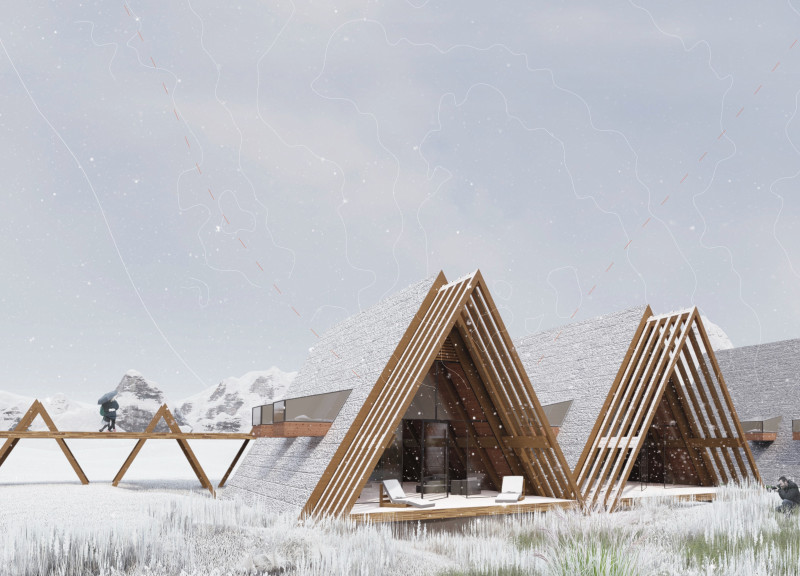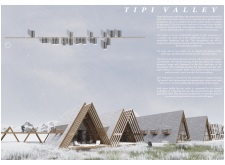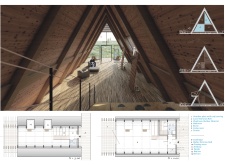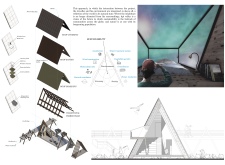5 key facts about this project
### Project Overview
The architectural design located in [Geographical Location] aims to enhance functionality, aesthetic quality, and sustainability within its environment. The project is situated uniquely within the local context, responding to both the geographic conditions and the cultural landscape. The intent is to create a space that not only serves distinct user needs but also contributes to the broader community by integrating site-specific responses into its structural and spatial composition.
### Spatial Organization
The design incorporates a meticulous circulation strategy that facilitates connectivity between various functional areas, optimizing the flow of movement while ensuring accessibility. Key zones, including public, semi-public, and private spaces, are strategically arranged to foster interactions among users, while also offering opportunities for retreat and privacy. The configuration promotes a dynamic balance, allowing for engagement within communal areas while maintaining individual quiet spaces.
### Material Selection and Sustainability
A thoughtful selection of materials has been employed to create an engaging exterior and interior experience. The facade features a combination of concrete for structural integrity, extensive glass to maximize natural light, and wood to introduce warmth and texture. This choice not only reflects architectural durability but also enhances the aesthetic appeal through a juxtaposition of modern and natural elements.
The project integrates sustainable design principles such as passive solar heating and rainwater harvesting systems, emphasizing energy efficiency and ecological stewardship. These approaches collectively aim to minimize environmental impact while promoting a harmonious relationship with the surrounding ecosystem, setting a precedent for future developments in the region.






















































